Grass AlternativesNothing makes you feel happier than going outside your front door and into a lush, green grass. A well-kept lawn offers the ideal setting for outdoor entertaining, family picnics, games, and sunbathing. However, grass lawns generally have hidden expenses. Grass lawns require regular trimming, fertilization, and watering. 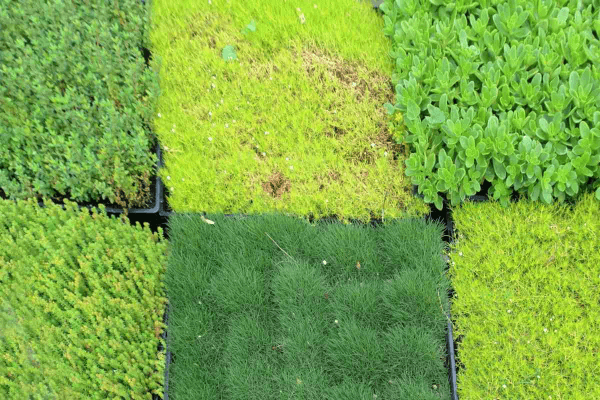
The 16 grass-free lawn choices listed below can help you make your yard more attractive and hassle-free. Ground Covers with Little MaintenanceLow-growing plants called "ground covers" spread over the ground to create a gorgeous carpet of greenery. Some ground cover plants can take some time to grow, but once they do, they are simple to care for and make ideal no-mow grass alternatives. 1. Creeping Jenny: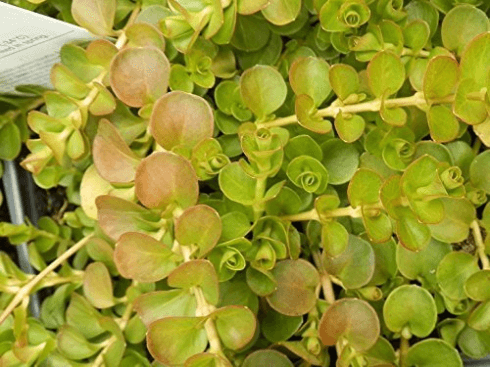
A low-growing, evergreen perennial plant with lime-green leaves on winding stems, creeping Jenny is sometimes referred to as moneywort. This plant may wrap around stepping stones to provide a delightful and colorful walkway. It is usually grown in pots so that it spills over the sides. Creeping Jenny is one of the most aesthetically pleasing ground coverings, and you can trim it sometimes if you wish.
2. Red Creeping Thyme: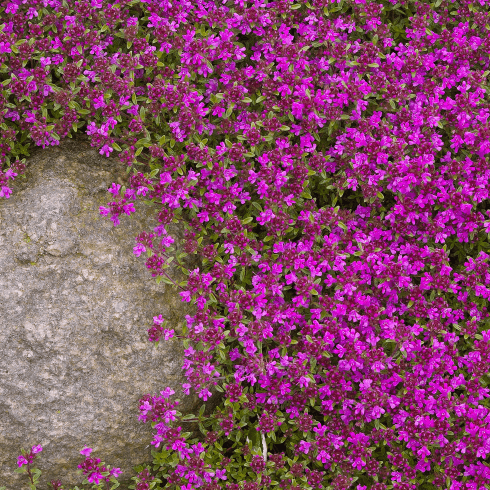
An evergreen plant, red creeping thyme blooms in the first part of the summer with beautiful, red-purple flowers. The spread of this ground cover creates a compact mat on the ground. It might be an excellent idea to plant around a stone road or pathway, similar to creeping Jenny. If you enjoy gardening, a red creeping thyme lawn is ideal since it has a lovely perfume and is even delicious.
3. Stonecrop Succulents (or Sedums):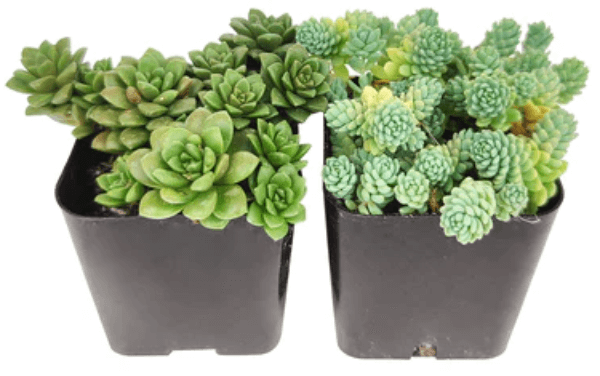
Stonecrop succulents, commonly referred to as sedums, are tough plants with large, moisture-storing leaves that enable them to survive in hot, dry climates. They give the ideal texture to rock gardens, walkways, and hilly yards and are available in various colors including shades of green, blue, and purple.
4. Sweet Woodruff: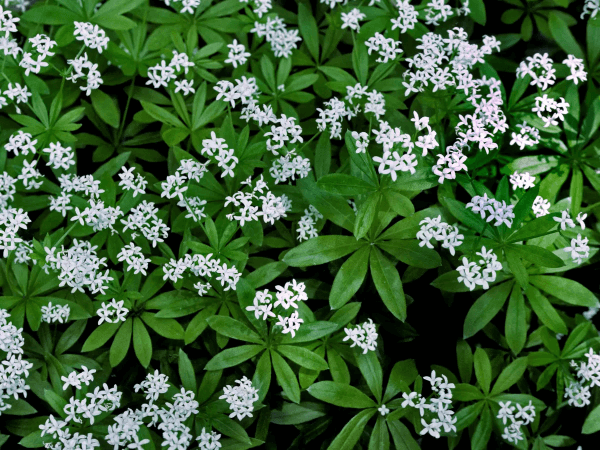
When in bloom, the sweet woodruff plant has tiny white flowers on its star-shaped, low-growing, bright green leaves. Sweet woodruff is an edible herb with a fresh aroma that is great for lining pathways and creating a carpet of white blooms across a whole lawn and other narrow areas.
5. Moss: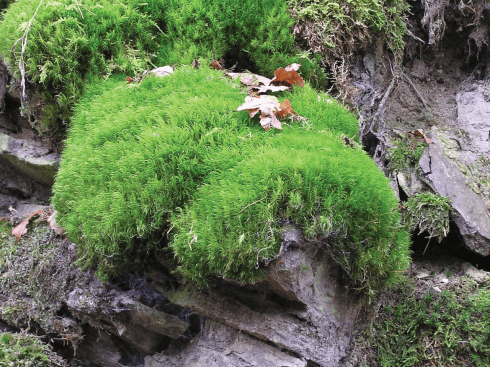
We understand if you've never considered moss a grass alternative, but it's essential to realize that it may give your ground cover a fascinating look. When given enough time to grow and spread, moss creates lush, green grass with a delicate, springy feel.
6. Clover: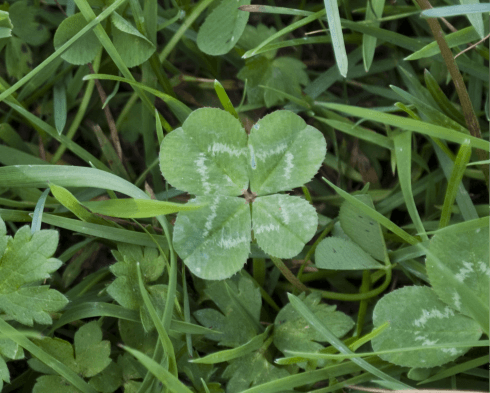
Until the middle of the twentieth century, clover was a common seed variety for lawns. Due to its ability to fix nitrogen, which benefits the soil and other plants, many people are again turning to clover as a grass alternative. Dutch white clover is a common choice because of its white blossoms, whereas micro-clover has smaller leaves and flowers and a more uniform appearance.
7. Corsican Mint: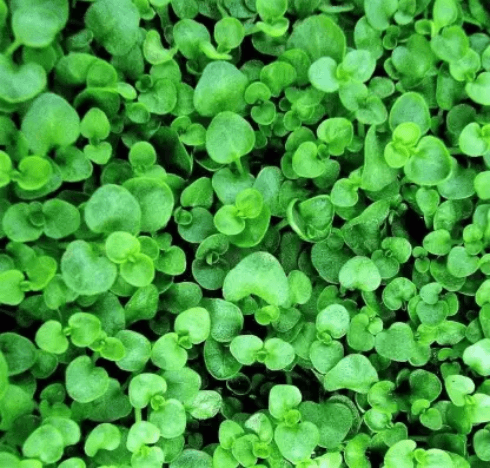
Low-growing Corsican mint has delicate, brilliant green leaves and small, early-blooming flowers. This ground cover can grow in various soil types and has a pleasant, minty fragrance. Additionally, it works nicely along paths and may be used in cooking by creative gardeners.
Flowers and Other Decorative Choices: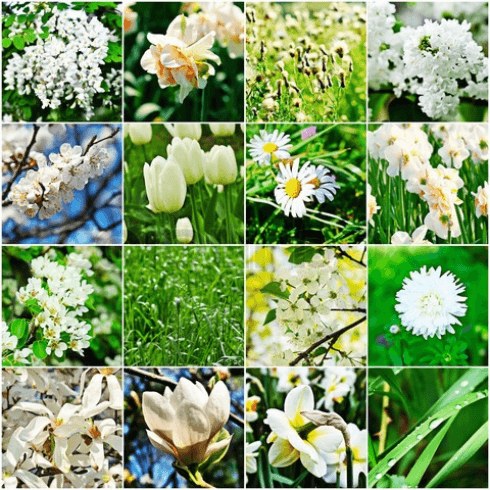
Some are mentioned below. 1. Native Perennials: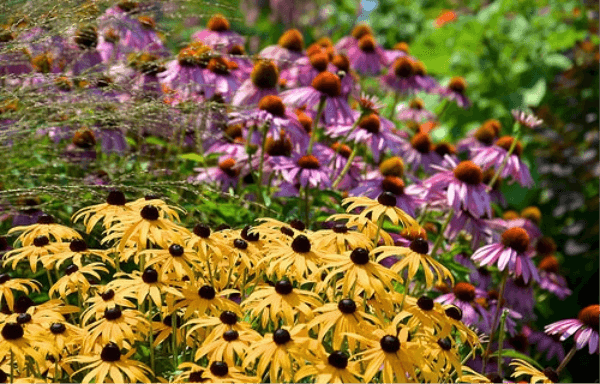
Native flowers require relatively little fertilizer since they suit local soil conditions. Native plants are beautiful and provide a nectar source for crucial pollinators like bees, hummingbirds, and butterflies. Keeping things simple will require only a few colorful varieties. Additionally, they'll be attractively placed on an "island" surrounding a tree or flowerbed. Get in touch with your neighborhood nursery to identify the top native perennials in your region.
2. Shrub Beds: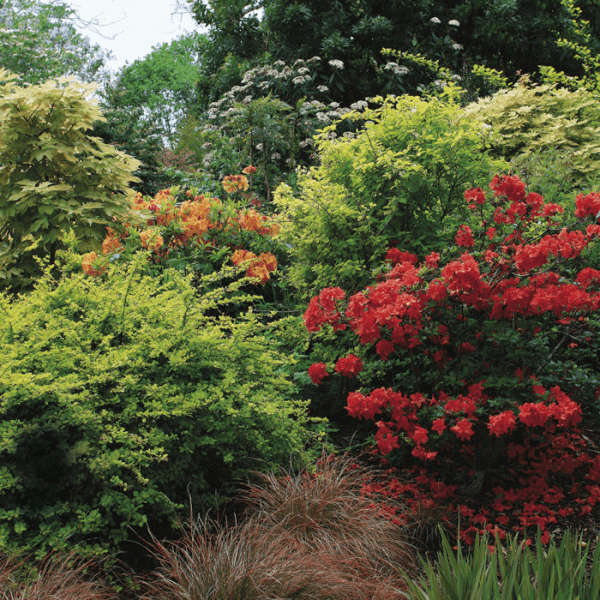
Like native perennial flowers, shrub beds that are indigenous to your area may add lovely visual appeal, texture, and distinctive forms to your lawn. Shrub beds can be used on their own or in combination with flowers as part of a flower bed.
3. Ornamental Grasses: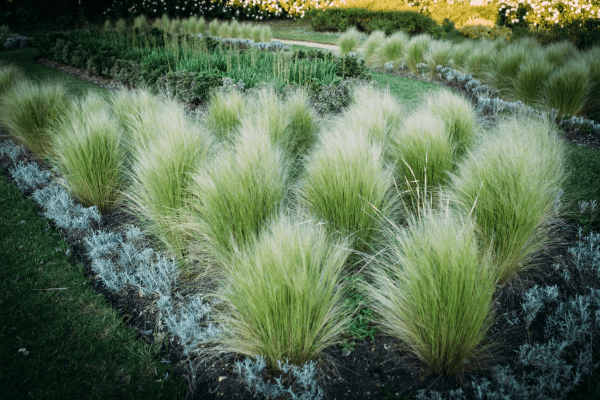
Decorative grasses like fescue, blue oat grass, fountain grass, and muhly grass develop into towering, fountain-like forms that are eye-catching complements to any landscape. These multipurpose grasses have many choices, and they are simple to handle without becoming out of hand. Just cut them down each season to promote development.
4. Chamomile: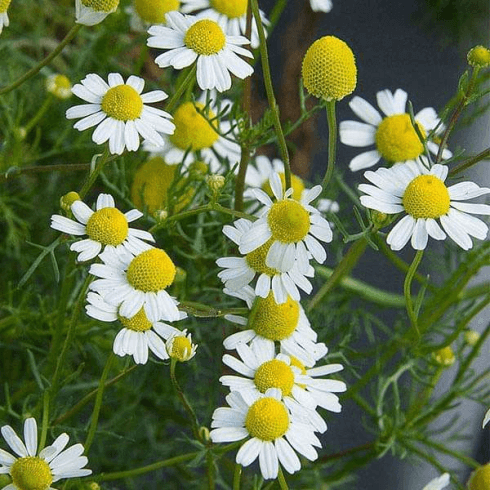
As soon as it is planted, Roman chamomile swiftly spreads to create a neat lawn. Chamomile grows in challenging environments, such as a sloping yard, and is an excellent source of nitrogen for the soil. A chamomile lawn will have white flowers with a lovely fragrance when they bloom.
5. Snow-in-Summer: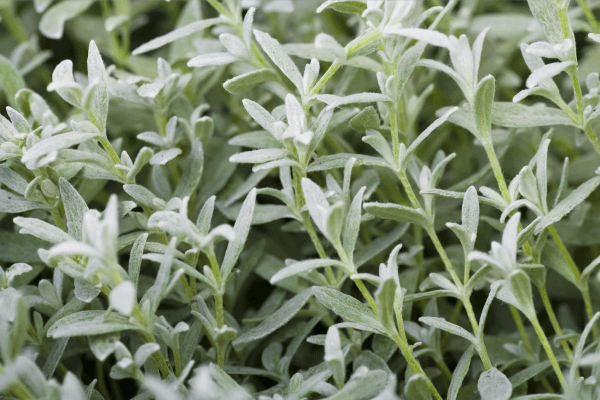
It is a lovely perennial that may partially cover a lawn with snow in summer. The plant, well-known for its gorgeous silver leaves, also produces a dense, white flower cover throughout the summer. As its names suggest, this plant may refresh your lawn by giving it a snow-covered appearance.
Alternatives to Plant Lawns: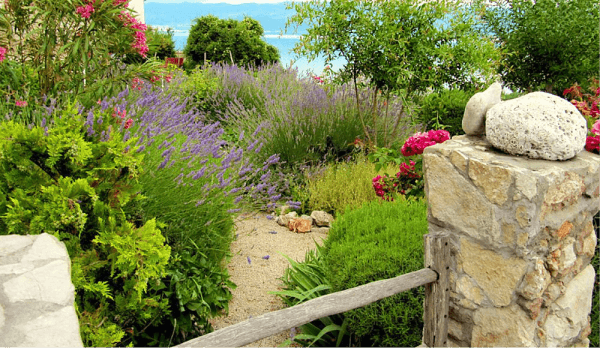
Finally, the most low-maintenance grass alternatives aren't plants at all. Non-plant options may create genuinely distinctive and stress-free lawns with some thoughtful landscaping. Additionally, these choices give you the most time and financial savings on watering, mowing, and fertilizing. 1. Mulch: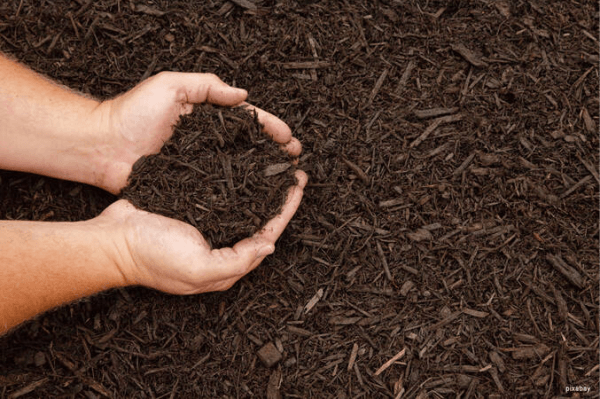
Mulch is a traditional grass alternative that works well for many purposes. Your lawn might be made up in part or entirely of mulch beds. Mulch is ideal for flower beds, under trees, and covering areas that are hard to maintain. Additionally, many other kinds of mulch are available, including compost, recycled mulch, and environmental solutions like pine bark and straw. Your landscape may be visually attractive with a simple three-inch mulch covering, which is much easier to maintain than grass.
2. Sand: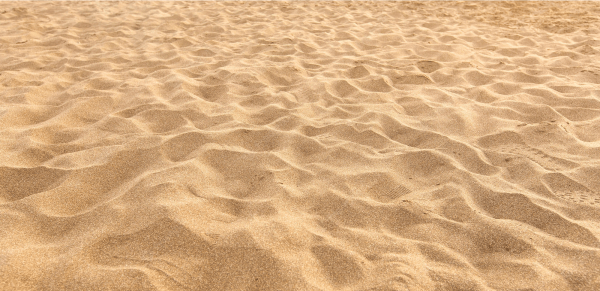
Sand can offer a smooth base for an enclosed rock garden, an eye-catching accent spot, a walkway, or a substitute for the entire lawn. It is also the ideal surface for a meeting place with garden furniture and a fire pit. Once laid, sand offers adequate drainage and doesn't require any maintenance.
3. Gravel: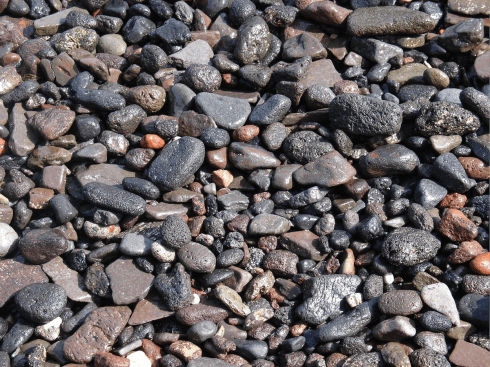
May make a beautiful, simple-to-maintain environment surrounding your house using gravel in your landscaping. For dry, hot areas where maintaining grass takes a lot of watering, pea gravel, stone, and crushed granite are particularly excellent options. An easy way to spread granite across vast areas is with stone and gravel because gravel is less expensive than grass lawns.
4. Artificial Turf: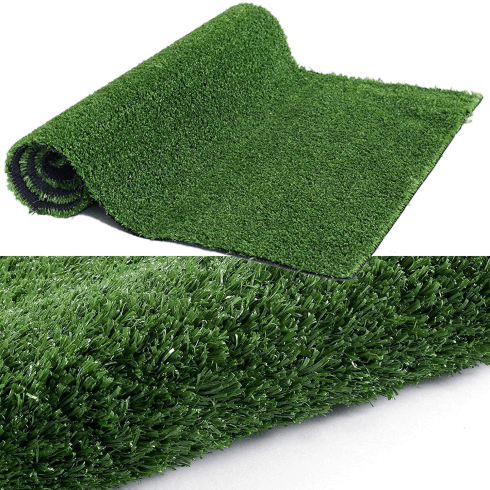
The alternative for a lawn that looks like grass but requires no maintenance is artificial turf. This option is well-liked since it uses no water and may maintain an attractive, lush appearance all year. Remember that the quality of the product you select, and the installation skill level will determine how well your artificial grass performs.
Next TopicUSTVGO.TV Alternatives
|
 For Videos Join Our Youtube Channel: Join Now
For Videos Join Our Youtube Channel: Join Now
Feedback
- Send your Feedback to [email protected]
Help Others, Please Share










